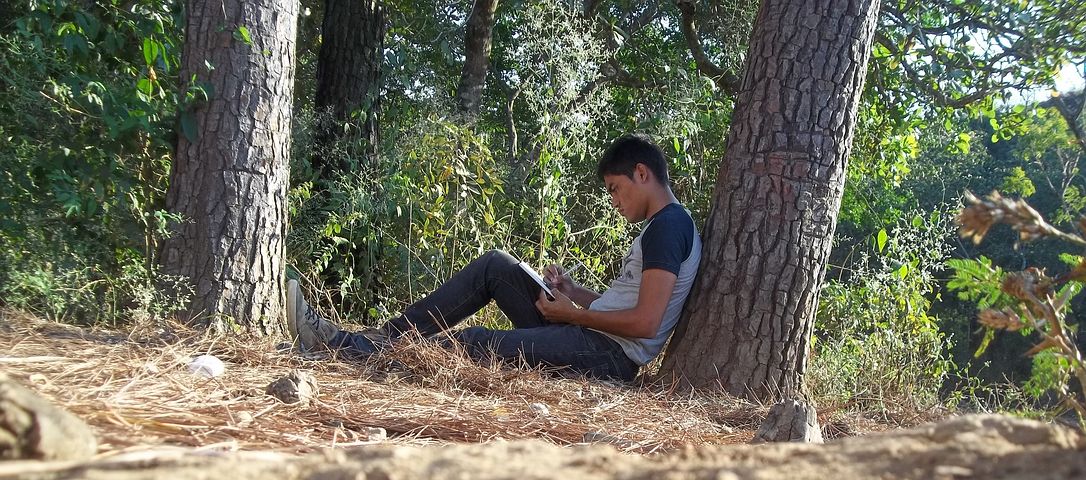It was something we heard frequently from our adopted sons during the first year of their adoption. Whenever we corrected or disciplined them, they would respond to us with a sense of autonomy, “Well, we will just go back to the orphanage!” Never mind that the orphanage was over five thousand miles away, or that they had no way to get there. They were just challenging us to see if our adoption of them was permanent or not.
Our children did not attempt running away from home, like many in their situation have tried. Of course, we never took them up on the dare to go back to the orphanage. We were committed to our adoption, even when they acted out. Perhaps that was why we were so astonished when, one evening after a disciplinary session, an encounter occurred that was to change all of our lives. One of our sons said, “We will just go back to the orphanage!” Then his brother turned and looked him, and said, “Don’t be silly! You know we can’t go back to the orphanage!” It was the first time in our adoption that we had a glimmer of their acceptance of the adoption as permanent.
Many adopted children come from dysfunctional homes, and/or have been abandoned by their birth parents. They are emotionally traumatized either in an orphanage or in foster homes. They conclude that no parents could love them permanently, and that it is only a matter of time before they move on in their lives. Because their lived experiences are reality to them (regardless of their age), they assume that no one would be willing to love them. They feel as though they literally have “nowhere to go.”
Time seems to be the one thing that heals this wound. Reversing the damage in their lives prior to adoption requires continual reassurance that they were adopted not out of necessity but out of genuine commitment and love, and this reassurance needs to occur both verbally and physically. The need of such children is to have “somewhere to go,” namely to parents who will look after them and provide for them as evidences of the child’s value and worth. They need to be secure in this relationship.
Building a set of meaningful experiences together is another way to deepen the relationship over time with the affected child(ren). Work and play together shows the child that they fit into the family. However, the most potent form of reassurance to the adopted child is when the parent(s) come to the defense of the child when he or she is falsely accused or otherwise threatened by other people or by things beyond their control (pets, weather, or older children). The wise parent will rescue their child and demonstrate that they have a plan to protect them.
Discipline must be done lovingly and carefully, and certainly not in the heat of anger of the parent. The child needs to understand why they are being disciplined and that correcting their behavior or attitude will spare them further consequences. This needs to be done in an age-appropriate manner.
What have you found to help in developing a sense of permanence in your children? Please feel free to comment in the space below and share with others.


 Marcellus George and his loving wife are the adoptive parents of (now adult) twin sons. He is the author of numerous articles and devotions, has a Ph.D. in theology...
Marcellus George and his loving wife are the adoptive parents of (now adult) twin sons. He is the author of numerous articles and devotions, has a Ph.D. in theology...
0 Comments